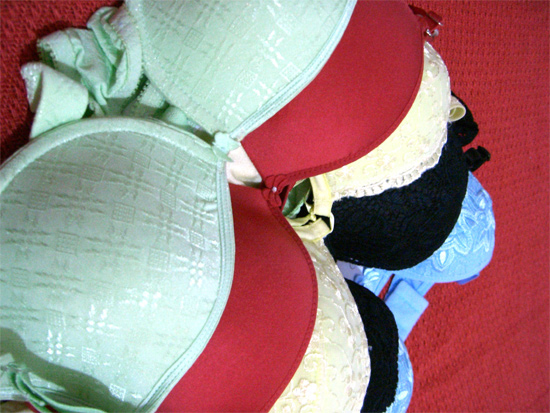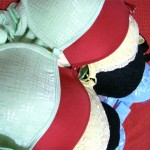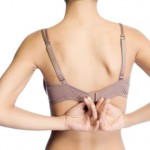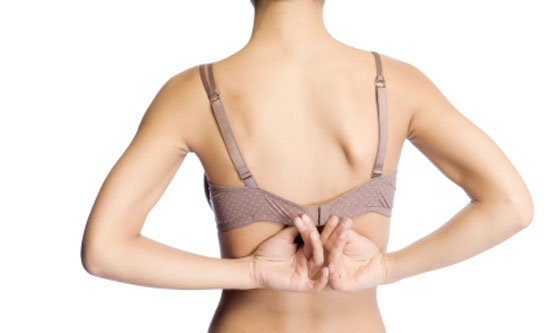
Everyone knows what a brassier or a bra is. This type of undergarment is specifically made to cover, lift, and support a woman’s breasts. Since the earliest recording in time, women have been wearing some type of support for their breast though these undergarments were not always known as brassieres.
These days bras are not just used for coverage and support, but many are made that will actually enhance the appearance of a woman’s breast. Here is how the modern day bra came to be:
• 2500 BC: Way back when on the Greek isle of Crete, warrior woman began to wear a garment that resembled a bra that actually lifted their breasts up above their clothing. This type of bra actually left the breast of these warrior women exposed for all to see.
• 4th Century: In the early 4th Century a garment knows as the Chemise made its first appearance. At the time, the Chemise was gathered into a square or a round neckline, was usually long sleeved, and was often decorated with frill and finished off with ruffles.
• Until the 15th Century: In those easy times, women actually wanted to de-emphasize their breasts. This saw the birth of the corset and other devices that were all designed to actually draw attention away from the breasts.
• 15th Century: in the 15th Century, an undergarment known as the bodice took center stage as women started to accentuate the fact that they had breasts. The bodice was designed to flatten the lower part of the breast and push upper part of the breast up and thus create cleavage and the appearance of a rounder, fuller breast. In a sense, the bodice was the early form of the push-up bra of today.
• 1800’s: The 1800’s saw a whole host of different inventions all aimed at breast support. While many came and went, the corset held onto much popularity until there was the invention of what would evolve into the modern day bra. This new undergarment supported the breasts, but had no laces or eyelets and was considerably smaller than a corset.
• 1907: Vogue Magazine uses the word brassier for the first time and by 1912 the term was in the Oxford English Dictionary.
• 1920s: The age of the ‘flappers’ saw a huge surge in bra popularity. At that time the flat-chested look was back in and there were bras that were actually designed to flatten the breasts instead of support them.
• 1930s to 1960s: In this time frame many advances were made in the world of the bra including the introduction of the first bikini. This time period also brought the evolution of the elastic bra to the forefront and since the 1960a, the form and the function of the bra has not changed all that dramatically except for the use of more comfortable materials.
These days fashion dictates much of how a bra is designed. It is not even uncommon anymore to see a woman wearing a brassier type top and nothing else at all. While women will no doubt always wear some type of bra to cove, support and even lift their breasts, the life of the bra has certainly been an interesting one that has seen many changes and upgrades and will no doubt see more in the future.


